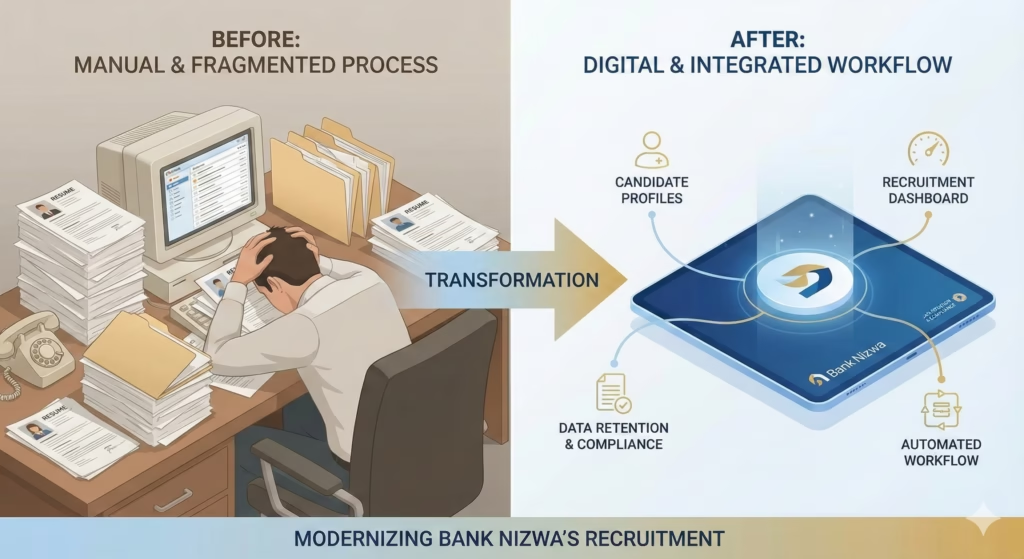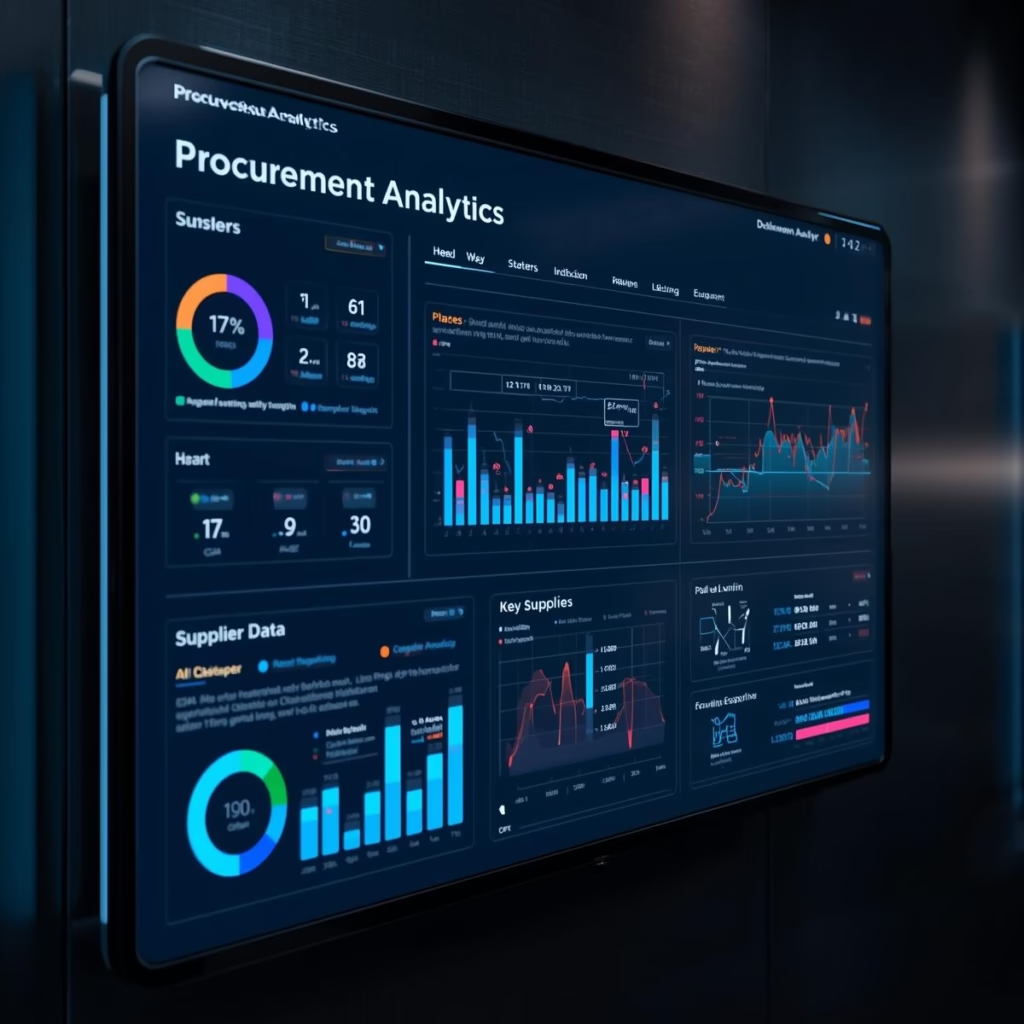Most businesses already know that procurement is important. After all, it’s how you manage suppliers, purchases, and costs. Yet, despite having policies and processes in place, many organizations feel like their procurement strategy just isn’t delivering results. Purchases take longer than expected, budgets go off track, and vendors aren’t managed as effectively as they should be.
So, what’s going wrong? The answer often lies not in what businesses want to achieve with procurement, but how they’re trying to achieve it.
Procurement Isn’t Just About Buying
For a long time, procurement was treated as a simple “buying” function — finding suppliers, negotiating, and placing orders. But modern businesses face more complexity: multiple vendors, compliance checks, cost optimization, and the need for complete visibility. A procurement strategy that focuses only on transactions, and not the bigger picture, will always fall short.
The Common Gaps That Break Procurement Strategies
Even with the best intentions, most businesses struggle with:
- Disconnected systems: Procurement, finance, and inventory often work on different tools, leading to mismatched data.
- Lack of visibility: Companies don’t always know exactly where money is going, or how much value vendors are providing.
- Manual approvals: Endless back-and-forth emails delay purchases and frustrate teams.
- No standardization: Different departments follow different processes, creating confusion and inefficiency.
These gaps create bottlenecks, increase errors, and make procurement more of a cost center than a value driver.
Why Modern Procurement Needs Smarter Tools
The truth is, traditional strategies alone can’t solve these challenges. Today’s businesses need a system that brings everything together: vendor management, approvals, spend tracking, and compliance — all in one place.
That’s where intelligent platforms like Procure Smart come in. By automating repetitive tasks, standardizing processes, and offering real-time visibility into spending, such solutions turn procurement into a strategic advantage rather than just an operational necessity.
The Shift from Policy to Practice
A lot of companies have well-documented procurement policies. But policies without the right tools are just words on paper. What makes the difference is execution: ensuring that every request, every approval, and every purchase follows a smooth, transparent, and trackable process.
Final Thoughts
If your procurement strategy feels like it’s failing, it’s probably not because of the strategy itself — but because of the missing link between policy and execution. Outdated tools, manual processes, and disconnected systems make even the smartest strategies ineffective.
Adopting smarter procurement solutions ensures that your strategy isn’t just written down but actually works in real business conditions. And that’s how procurement moves from being a challenge to becoming a true growth enabler.




